Today marks the 290th anniversary of Sir Christopher Wren's death. Hailed as one of England's most distinguished architects and largely responsible for rebuilding my beloved London after the Great Fire of 1666, I thought it would be only proper to pay a small tribute to his genius here.
 |
| Sir Christopher Wren with St. Paul's in the background. (attrib) |
Born 20 October 1632 in Wiltshire, Wren was well educated, attending Westminster School when his father moved the family to Windsor, then at Oxford. He excelled in maths and sciences, and was appointed Professor of Astronomy first at Gresham College in London then at Oxford in 1661. He was very highly regarded by Isaac Newton, among others. In 1662 he was one of the founding members of the Royal Society.
Also keen on physics and engineering, Wren became interested in architecture and in 1664 was invited to design the Sheldonian Theatre in Oxford. Next came a commission to design a chapel for Pembroke College, Cambridge and from then on architecture was his main profession. He never forgot his scientific roots, though. His
Monument to the Great Fire of London - a free-standing fluted Doric column that rises 202 ft (62 m) - was designed to be used as a
zenith telescope.
After the Great Fire decimated most of Medieval London, Wren created an ambitious rebuilding plan for the entire city. He designed and rebuilt 51 city churches including the iconic St. Paul's Cathedral that once loomed over the city. Miraculously surviving the Blitz during WW2 and though now obscured by high rises and waterfront buildings on the Thames, St. Paul's still stands guard over the city and when you're standing near it, it hits you just how massive and extraordinary a structure it is.
 |
| South face of St. Paul's Cathedral as seen from the top deck of the No. 15 bus riding west. |
Wren was created Surveyor of the Royal Works in 1669 which gave him control over all government building in London, and he was knighted in 1673. In 1682 Wren was commissioned to design a hospital in Chelsea for retired soldiers. It still serves as a retirement home for retired soldiers and the internationally acclaimed Chelsea Flower Show is held on the hospital grounds. His other works include The Royal Observatory and the Royal Naval Hospital, both at Greenwich, as well as renovations and expansions to the palaces of Hampton Court and Kensington. He died, after a distinguished and no doubt exhausting career, on 25 February 1723. His gravestone in St Paul's Cathedral features the Latin inscription which translates: 'If you seek his memorial, look about you.'
So, to commemorate his great and lasting contribution to architecture and the most splendid city in the world, I've put together this collection of images of Wren's surviving buildings that I've seen. When I took some of these photos, I didn't realize they were Wren's work until I went inside or looked it up later (I'm not an architectural historian, is my excuse, but I'm learning!). In verifying place names I've come to the conclusion that one simply cannot wander London without bumping into Wren.
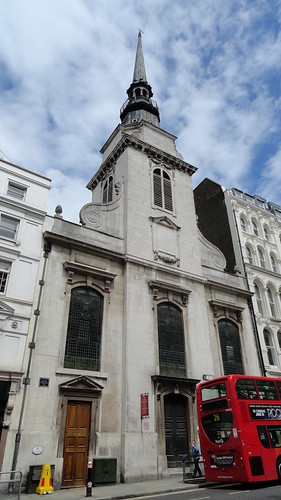 |
| St. Martins Ludgate on Ludgate Hill near St. Paul's. Rebuilt 1677-84. |
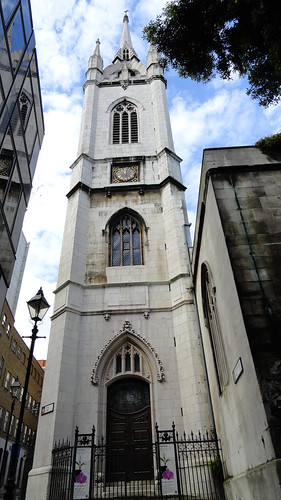 |
| St Dunstan-in-the-East, located midway between The Tower of London and London Bridge. Rebuilt 1688-71. Severely damaged in the Blitz, only Wren's tower and a few walls survive. The ruins have been made into a lovely public garden. |
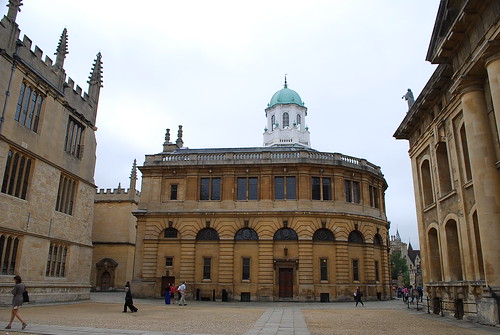 |
| The Sheldonian Theatre, Oxford, 1664-68. |
 |
| The Royal Observatory, Greenwich, 1675-76. |
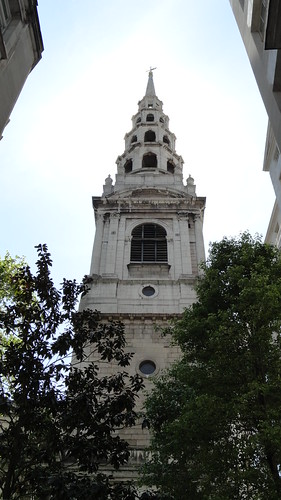 |
| St. Bride's Church on Fleet Street, 1672. The tiered spire, added in 1701-3, is the inspiration for centuries of wedding cakes! |
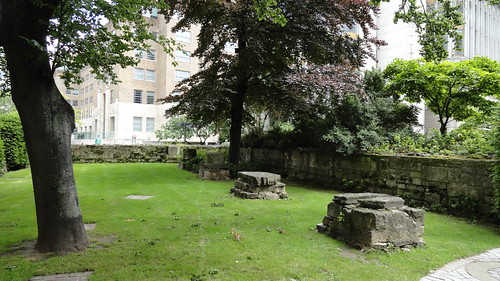 |
| The remains of St. Mary Aldermanbury. Gutted by a bomb during the blitz, the shell was dismantled and all the stones moved to Westminster College in Fulton, MO where the church was reconstructed and dedicated as a memorial to Winston Churchill. |
 |
| Christ Church, Greyfriars, near St. Paul's. Rebuilt after the Great Fire, destroyed by enemy bombing December, 1940 . The former nave area is now a public garden and memorial. |
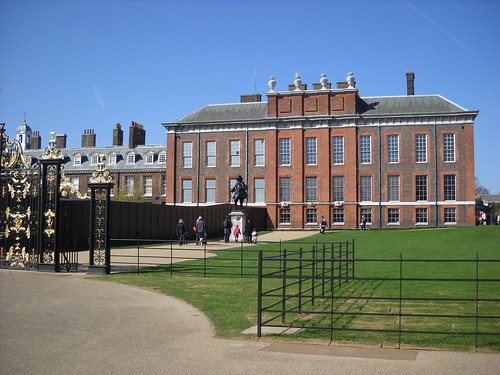 |
| Kensington Palace, formerly Nottingham House, was extensively enlarged by Wren when William and Mary acquired it in 1689. |
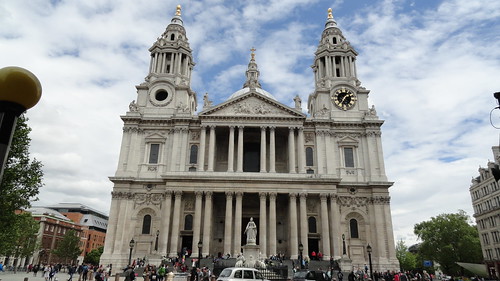 |
| The west face of St. Paul's. On the south face there is a phoenix carved in the stone with the Latin word 'Resurgum': I Shall Rise Again. And rise again it did. |
 |
| Inside the Painted Hall at the Old Royal Naval College, Greenwich. |
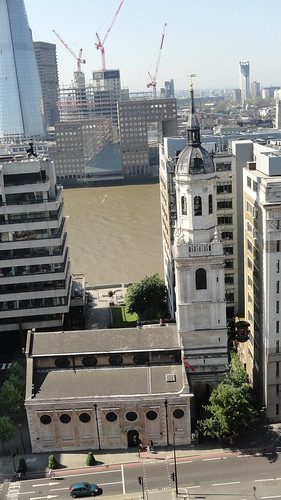 |
| St. Magnus the Martyr, at London Bridge, as seen from the top of The Monument, 1671-87. |
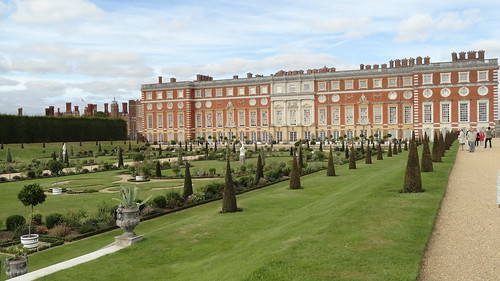 |
| Façade of Hampton Court Palace designed by Wren for William and Mary. |
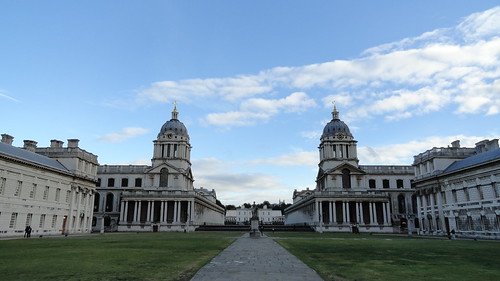 |
| A UNESCO World Heritage Site, the Old Royal Naval College, originally constructed as Royal Hospital for Seamen at Greenwich, and home to my Alma mater, 1696 - 1712. I felt smarter just standing there. |
 |
| The Monument to the Great Fire of London, 1671-77 |
 |
Tower of St. Alban, Wood Street, 1685. The church was partially destroyed during the Blitz. Only the tower now remains and is a private dwelling in a traffic island.
|





















No comments:
Post a Comment